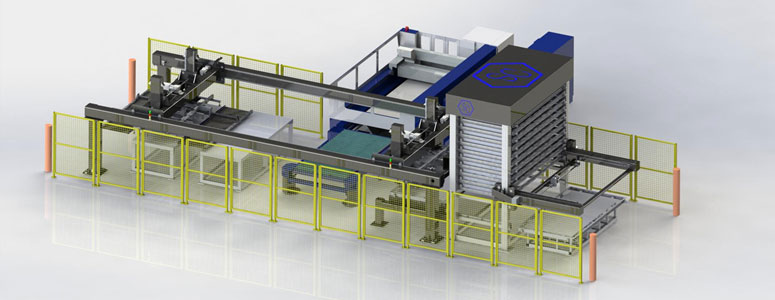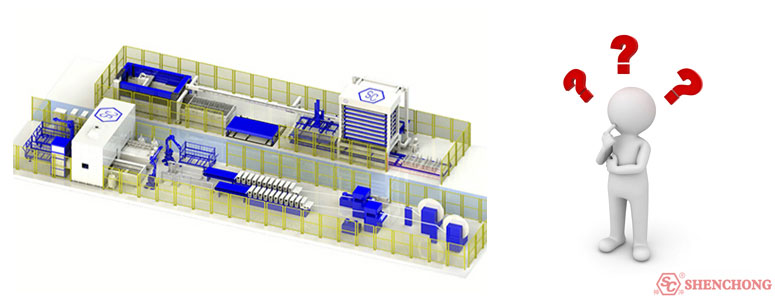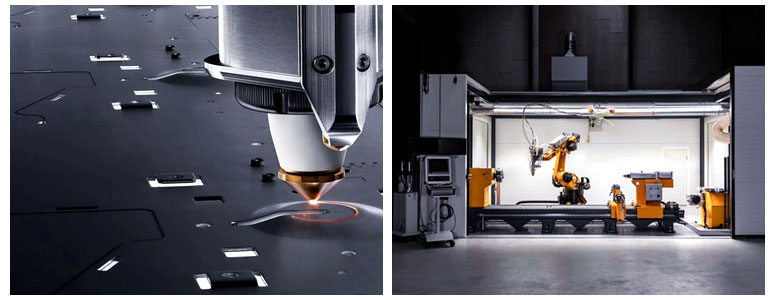
What is automatic sheet metal processing? When robots and automation work together with humans, it's possible to reduce production times, improve manufacturing precision, and reliably deliver high-quality products.

Sheet metal processes can be sped up and simplified with the use of automation and robots. To begin, they use an automated turret/laser combination with an automated loader/unloader to bend, punch or cut the sheet metal.
The item is then moved to an automatic brake or panel bender, where all tool changes are automated, and bends are done more quickly and precisely. All of this, by the way, necessitates less staff to monitor many devices.
After bending, a robot can handle the more sophisticated, repetitive, or ergonomically unpleasant assembly tasks. After that, the robot passes the part to a person or an assembly line for final assembly and packaging.
– Flexibility
Sheet metal automation enables speedy changeovers between component numbers, which is very useful for a diverse product mix. In addition, automatic tool changeovers reduce set-up times to practically zero, a procedure that can take hours depending on the part complexity.
– Speed
With automation, you can increase production speed. Automatic loaders and unloaders allow a machine to run constantly without the need for a human to load and unload massive sheets of metal manually.
For press tending, pick-and-place operations, and assembly, collaborative robots (cobots) can be employed to accomplish repetitive tasks rapidly and efficiently with no downtime.

When compared to manual labor, automated processing demands a significant initial investment. Despite this, it may be advantageous for SMEs (Small-Medium-Sized Enterprises) to expand and require additional capacity to meet rising demands.
It could be a small business that wants to expand by producing metal sheets in-house rather than buying them from vendors. You have more control over your quality by producing in-house. It is advantageous if your items, for example, require a high-quality finish free of scratches and rough edges.

3-D printing is not future technology, according to additive fabrication. However, it is already a part of the manufacturing business in numerous ways.
Many metal fabrication companies are reaping the benefits of investing in 3-D technology, such as saving time and money by removing a few assembly processes, gaining greater design freedom, and reducing waste.
Finally, these technologies assist them in improving the quality of their output. Metal 3D printing also incorporates metal stamping to create the desired pattern.
One of the fastest developing sheet metal fabricating methods is tube laser technology. Compared to typical sheet metal fabrication and manufacturing techniques, tube laser technology has several advantages.
The tube laser machines can make crisp and complicated cuts, which helps increase the quality and speed of production. It also helps to cut down on material waste and assembly expenses.
Reshoring:
Another essential development to keep an eye on in the metal fabrication sector is reshoring. Many businesses increasingly prefer to use manufacturers in their region rather than third-world countries, a phenomenon known as manufacturing regionalization. Rising labor wages, increased knowledge of the “no sweat” policy, sharply rising shipping costs, and market instability contribute to the reshoring movement.